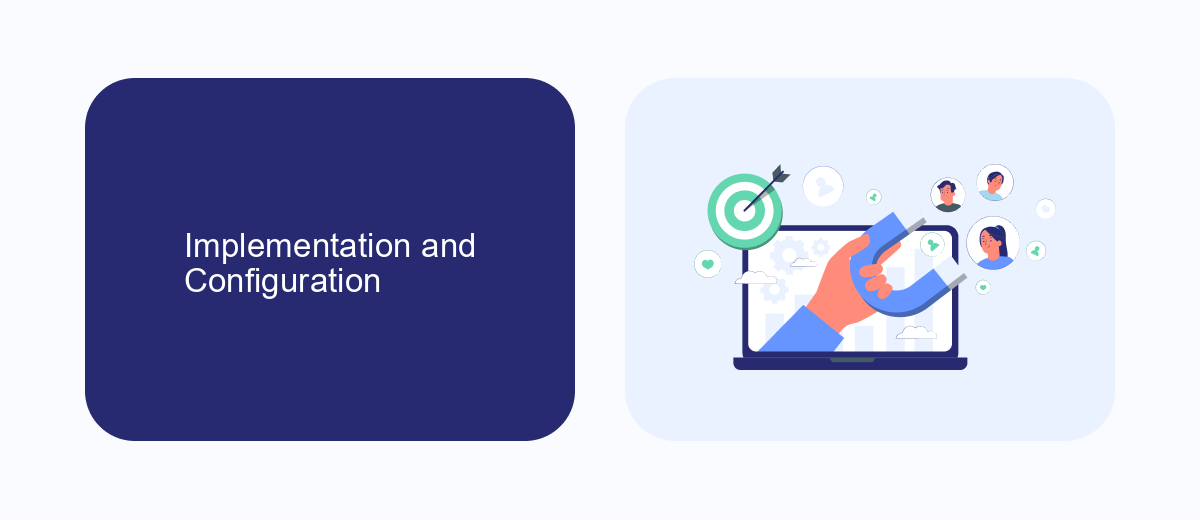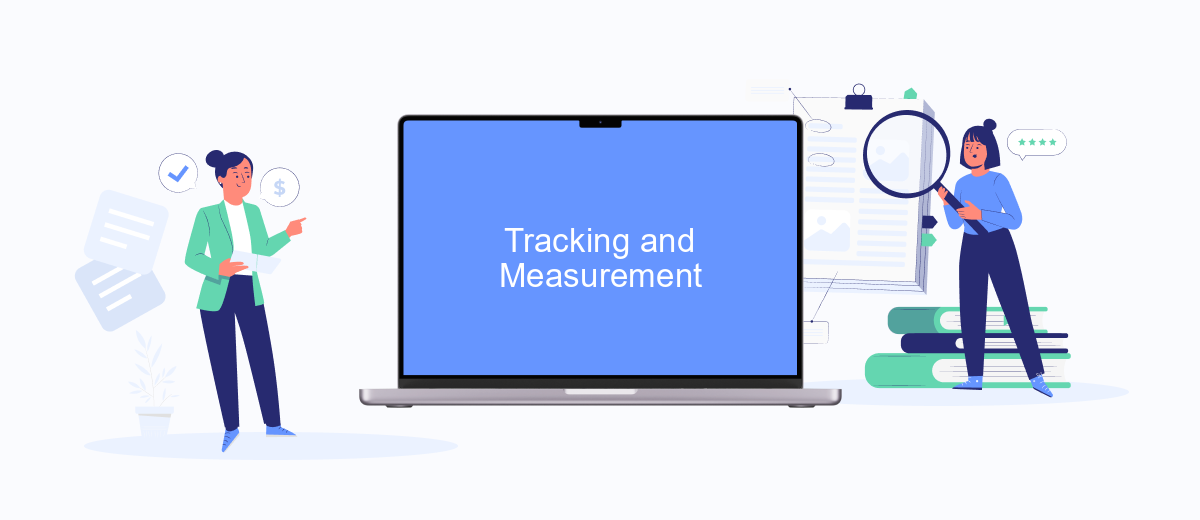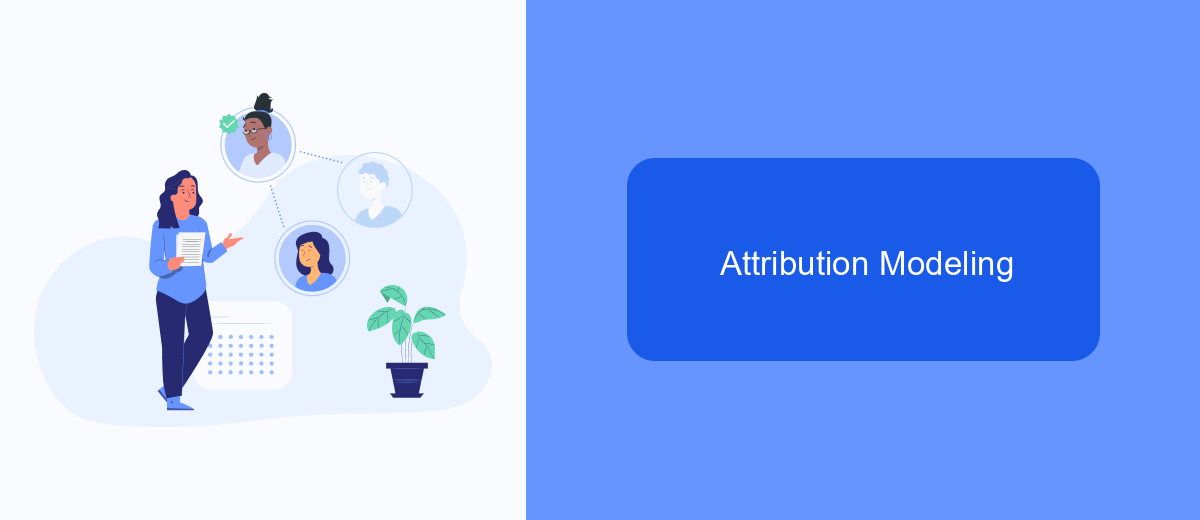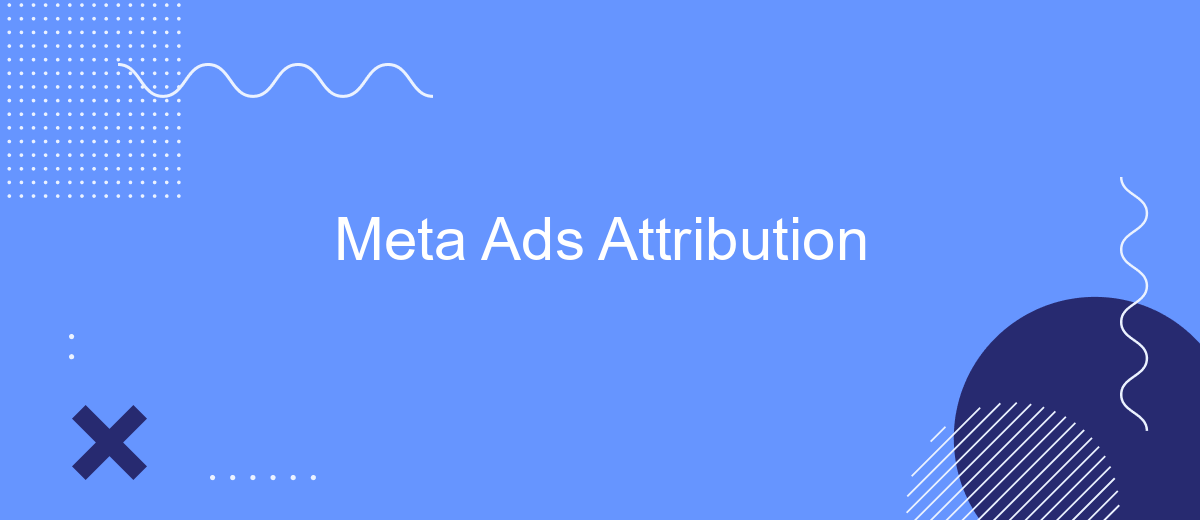Understanding the effectiveness of your advertising campaigns is crucial for optimizing your marketing strategies. Meta Ads Attribution provides a comprehensive solution to track and measure the impact of your ads across various platforms. By leveraging advanced analytics and data-driven insights, businesses can gain a clearer picture of customer journeys, refine their targeting, and ultimately drive better ROI.
Meta Ads Attribution Overview
Meta Ads Attribution is a crucial aspect of digital marketing that helps businesses understand the effectiveness of their advertising campaigns on platforms like Facebook and Instagram. By accurately attributing conversions to specific ads, marketers can optimize their strategies and allocate budgets more effectively.
- Track user interactions across multiple devices and platforms
- Identify the most effective ad creative and audience segments
- Measure the return on investment (ROI) of ad campaigns
- Optimize ad spend to maximize conversions and minimize costs
To streamline the process of setting up and managing Meta Ads Attribution, businesses can leverage tools like SaveMyLeads. This service automates the integration of various marketing platforms, ensuring that data flows seamlessly and accurately between systems. By using SaveMyLeads, marketers can save time, reduce errors, and gain deeper insights into their ad performance, ultimately driving better results from their advertising efforts.
Implementation and Configuration

To implement Meta Ads Attribution, start by setting up the Meta Pixel on your website. This involves generating the pixel code from your Meta Ads Manager account and embedding it into the header of your website. Ensure that the pixel is correctly tracking key events such as page views, purchases, and form submissions to accurately measure user interactions and conversions. You can verify the pixel’s functionality using the Meta Pixel Helper extension for your browser.
Configuration involves mapping the tracked events to your advertising objectives. Utilize the Events Manager in Meta Ads Manager to define custom conversions and set up aggregated event measurement for iOS 14.5+ users. For streamlined integration and data synchronization, consider using services like SaveMyLeads, which can automate the transfer of leads and conversion data between Meta Ads and your CRM or other marketing tools. This ensures that your attribution data is accurate and up-to-date, allowing for better optimization of your ad campaigns.
Tracking and Measurement

Effective tracking and measurement are crucial for understanding the performance of your Meta Ads campaigns. By accurately tracking user interactions and conversions, you can gain valuable insights into the effectiveness of your advertising strategies and make informed decisions to optimize your campaigns.
- Set up Meta Pixel: Integrate the Meta Pixel into your website to track user actions and gather data on conversions.
- Configure Conversion Events: Define specific actions, such as purchases or sign-ups, that you want to track as conversions.
- Use UTM Parameters: Append UTM parameters to your ad URLs to track the source, medium, and campaign of the traffic.
- Leverage SaveMyLeads: Utilize SaveMyLeads to automate the process of integrating and syncing your Meta Ads data with various CRM systems and marketing tools.
- Analyze Data in Meta Ads Manager: Regularly review the performance metrics in Meta Ads Manager to identify trends and areas for improvement.
By following these steps, you can ensure that your Meta Ads campaigns are effectively tracked and measured. This will enable you to optimize your advertising efforts, allocate your budget more efficiently, and ultimately achieve better results. Leveraging tools like SaveMyLeads can further streamline the process, allowing you to focus on strategic decision-making and campaign optimization.
Attribution Modeling

Attribution modeling is crucial for understanding the effectiveness of your Meta ads campaigns. It allows marketers to assign credit to various touchpoints in the customer journey, providing insights into which channels and strategies are driving conversions.
There are several types of attribution models, each with its own strengths and weaknesses. Choosing the right model depends on your specific business goals and the complexity of your marketing campaigns.
- Last-click attribution: Credits the final touchpoint before conversion.
- First-click attribution: Assigns credit to the first touchpoint in the customer journey.
- Linear attribution: Distributes credit evenly across all touchpoints.
- Time-decay attribution: Gives more credit to touchpoints closer to the conversion.
- Position-based attribution: Assigns 40% credit to the first and last touchpoints, and the remaining 20% is distributed among the middle touchpoints.
Utilizing tools like SaveMyLeads can streamline the integration of various data sources, making it easier to implement and manage your chosen attribution model. By automating data collection and analysis, you can gain more accurate insights and optimize your Meta ads campaigns effectively.
Optimization and Reporting
Effective optimization and reporting are critical components of successful Meta Ads Attribution. To optimize your ad campaigns, it's essential to continuously monitor performance metrics and make data-driven decisions. Utilize A/B testing to experiment with different ad creatives, audience segments, and bidding strategies. This will help you identify what works best and allocate your budget more efficiently. Additionally, leveraging automation tools like SaveMyLeads can streamline the integration process, ensuring that your data flows seamlessly between platforms and provides accurate insights.
For comprehensive reporting, ensure that you set up custom dashboards that highlight key performance indicators (KPIs) relevant to your business goals. Regularly review these reports to track the effectiveness of your campaigns and adjust your strategies accordingly. SaveMyLeads can also assist in automating your reporting processes, making it easier to consolidate data from multiple sources and generate actionable insights. By combining robust optimization techniques with detailed reporting, you can maximize the return on investment (ROI) of your Meta Ads campaigns.
FAQ
What is Meta Ads Attribution?
How does Meta Ads Attribution work?
Why is Meta Ads Attribution important?
What are the common attribution models used in Meta Ads?
How can I automate and integrate Meta Ads Attribution data with other tools?
If you use Facebook Lead Ads, then you should know what it means to regularly download CSV files and transfer data to various support services. How many times a day do you check for new leads in your ad account? How often do you transfer data to a CRM system, task manager, email service or Google Sheets? Try using the SaveMyLeads online connector. This is a no-code tool with which anyone can set up integrations for Facebook. Spend just a few minutes and you will receive real-time notifications in the messenger about new leads. Another 5-10 minutes of work in SML, and the data from the FB advertising account will be automatically transferred to the CRM system or Email service. The SaveMyLeads system will do the routine work for you, and you will surely like it.
